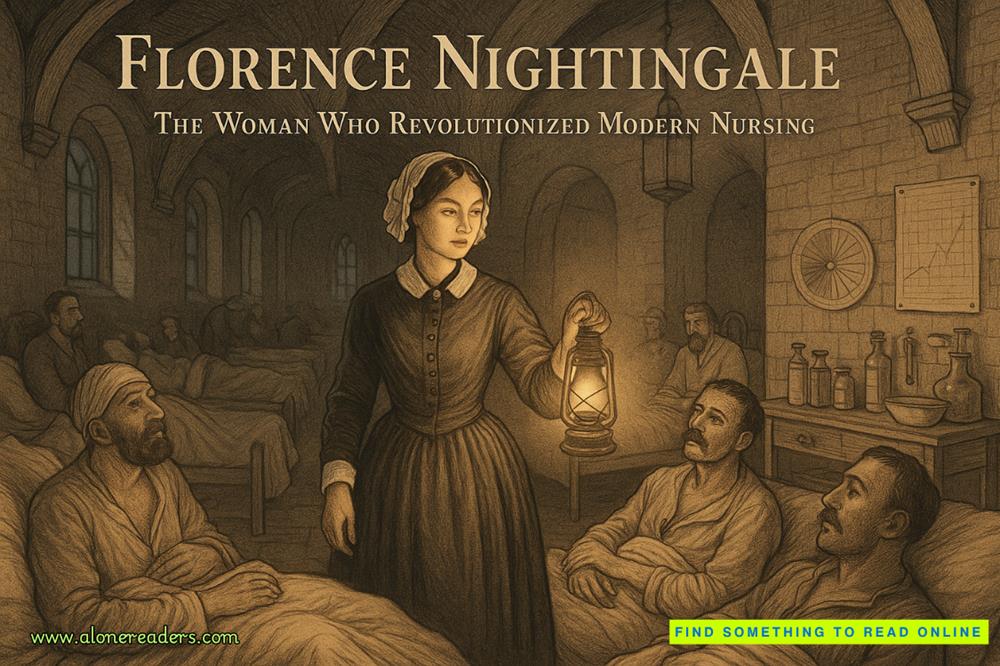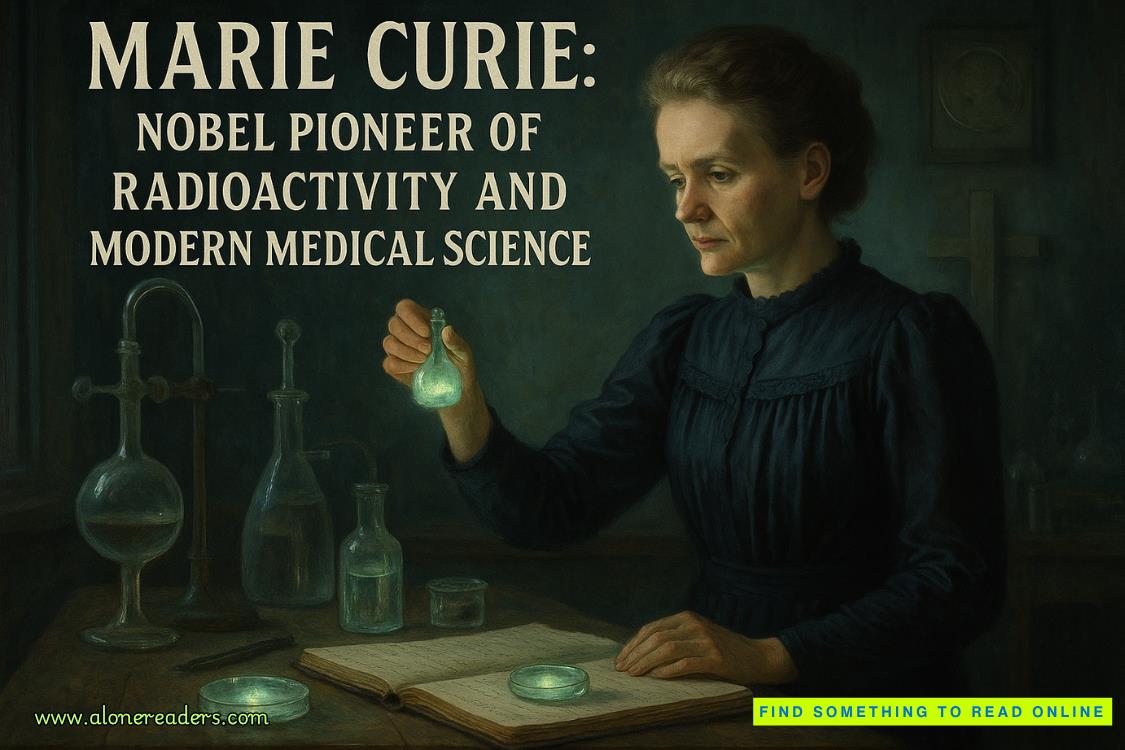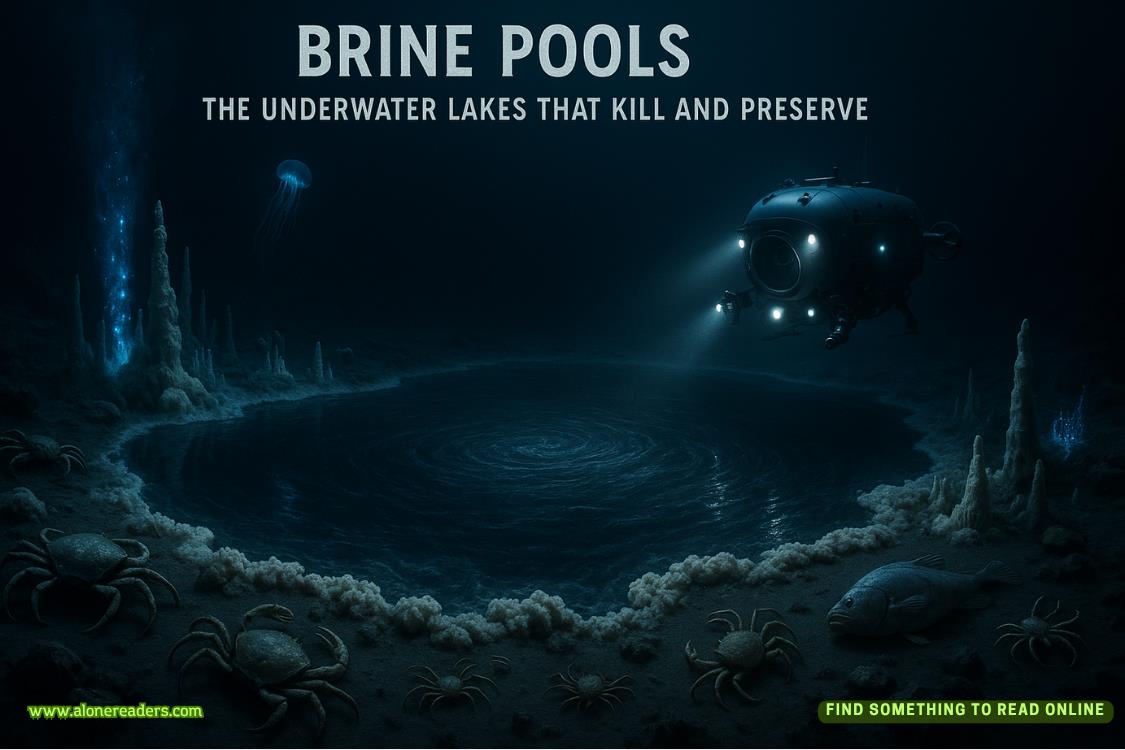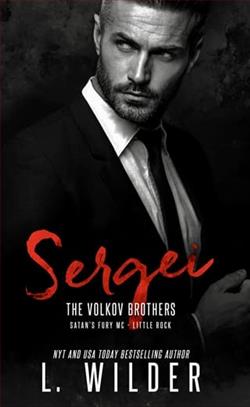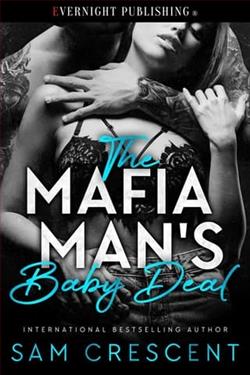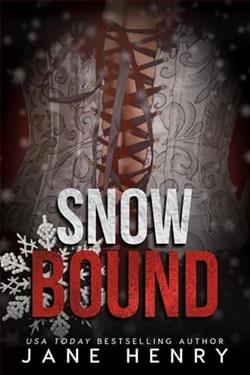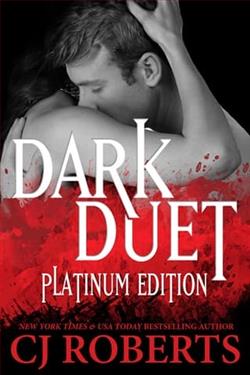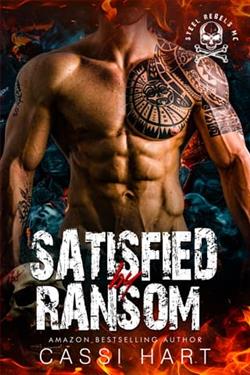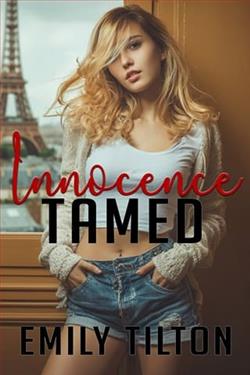Page 31 of The Tapes
The idea that Sedingham isn’t dying at night might be true – but there are signs all over that there are problems. The boarded-up shops are the biggest clue, but also the pair of vandalised bus stops and, perhaps, the fact there are food banks at either end of the high street.
I cross the road outside Tails, to where the old Post Office is covered with boards advertising a café’s grand opening with a date that’s almost a year gone. A woman is leaning against one of the signs, balancing on her heels, vaping while scrolling on her phone. She looks up as I step onto the kerb, lowering her phone and noticing my unashamedly old-school notepad.
‘What you doing with that?’ she asks, with what seems like mild amusement.
I tell her I’m in town to research and write a book about the Earring Killer and, unprompted, she touches her own ear. She tells me she’s called Kelsey, that her friend is inside the nearby kebab shop, waiting for a burger, because she doesn’t like kebab meat.
Kelsey is chatty, first offering me some of her kebab, then saying she wants to sit because she’s been on her feet all evening. We end up perched inside the bus shelter, Kelsey’s friend standing over us as they both pick at their late-night food.
‘We both had the talk,’ Kelsey says, before her friend, Adele, continues the sentence. ‘We were in year nine or ten and there was this big assembly for all the girls.’ It’s as if the two women are telepathic. As one stops to eat, the other resumes the memory.
‘This was before we ever went out drinking, or anything like that,’ Kelsey says. ‘But they wanted us to understand how to be safe when we were out.’
‘Didn’t we have it two years in a row?’ Adele asks.
‘Definitely two; might’ve even been three.’
The two women are approaching thirty, something they tell me with a joyous cackle, before teasing one another over who is going to end up with the most exes.
But their ages are crucial, because they would have been in their teens at the start of the twenty-first century. There had been a three-year gap with no deaths attributed to the Earring Killer. It was a strange time, in which newspaper columnists openly wondered whether the police had overreacted. Perhaps there never had been a serial killer? Maybe there was an unfortunate similarity in cases that had people jumping to a false conclusion?
From the wary concern of the late-nineties, the people of Sedingham and area had started to convince themselves that is was safe to walk home alone; that the Earring Killer was a myth.
But then came Ophelia Baron.
Known as ‘Oh’ to her friends, Ophelia was a county-level hockey player. She had excelled throughout school, before playing her first game for the town’s ladies’ team while only fourteen. By the time she was seventeen, Ophelia was a regular for the first team. From there, she made friends that helped her find a job with the town council’s planning department. The final Saturday night of her life saw her and the rest of her teammates share a drink in the bar that’s now known as Tails. Thirteen of them commandeered a booth for much of the night, where they sang, laughed and reminisced over their 4-1 victory earlier in the day. Ophelia had scored one and assisted two.
The next day, she slept off a hangover in bed with her husband, who says he made her toast at around midday. She read a magazine and then had a long nap, before waking up to watch some Sunday evening television. On Monday, she went to work as usual – and then drove straight to hockey practice. Herteam trained hard, working off the Saturday night excesses, and then they said their goodbyes in the chilly car park.
Ophelia’s car broke down on the way home from practice. It was the early days of widespread mobile phones and hers sat on the passenger seat, with an unsent message, telling her husband that the engine had cut out. There was a single footprint – hers – in the mud at the side of the car but nobody saw Ophelia alive again.
Six days later, her body was found in the woods, around a mile from where her car was discovered. As with the previous four women, an earring had been taken, leaving her with one small stud in her left ear.
It’s because of Ophelia that Kelsey and Adele had those school gatherings two or three years in a row.
‘It wasn’t a usual assembly,’ Adele says. ‘We didn’t have to sit on the floor and they’d set up all these chairs. They broke us off into smaller groups and invited anybody to talk about their worries.’
We’re still underneath the bus stop but the laughter has gone from the women, and their food hasn’t been touched in a minute or so.
‘They talked a lot about safety in numbers,’ Kelsey says. ‘Find a friend and stick with that friend until you’re both in a taxi, or both home – that sort of thing. They told us to guard our drinks.’
‘I remember one of the police officers saying we should make proper plans and tell people where we were going and what time we were going to leave.’
The pair exchange a glance and it’s easy to see how much this message has stuck. ‘They never told us not to go out, or not get drunk, that sort of thing. It was all about staying safe when we did.’
The initiative was a joint plan between the local education authority and the police. Despite criticism that it was glorifying bad behaviour, those safety briefings ran through local schools across six years. A generation of women such as Kelsey and Adele still remember the core parts.
‘Have fun,’ Kelsey says, with a hint of a smile – and she’s not saying what most would assume. The pair repeat back the acrostic in perfect harmony.
‘HAVE
A PLAN
VIGILANCE AND
EYES ON DRINKS
FRIENDS LOOK OUT FOR FRIENDS
